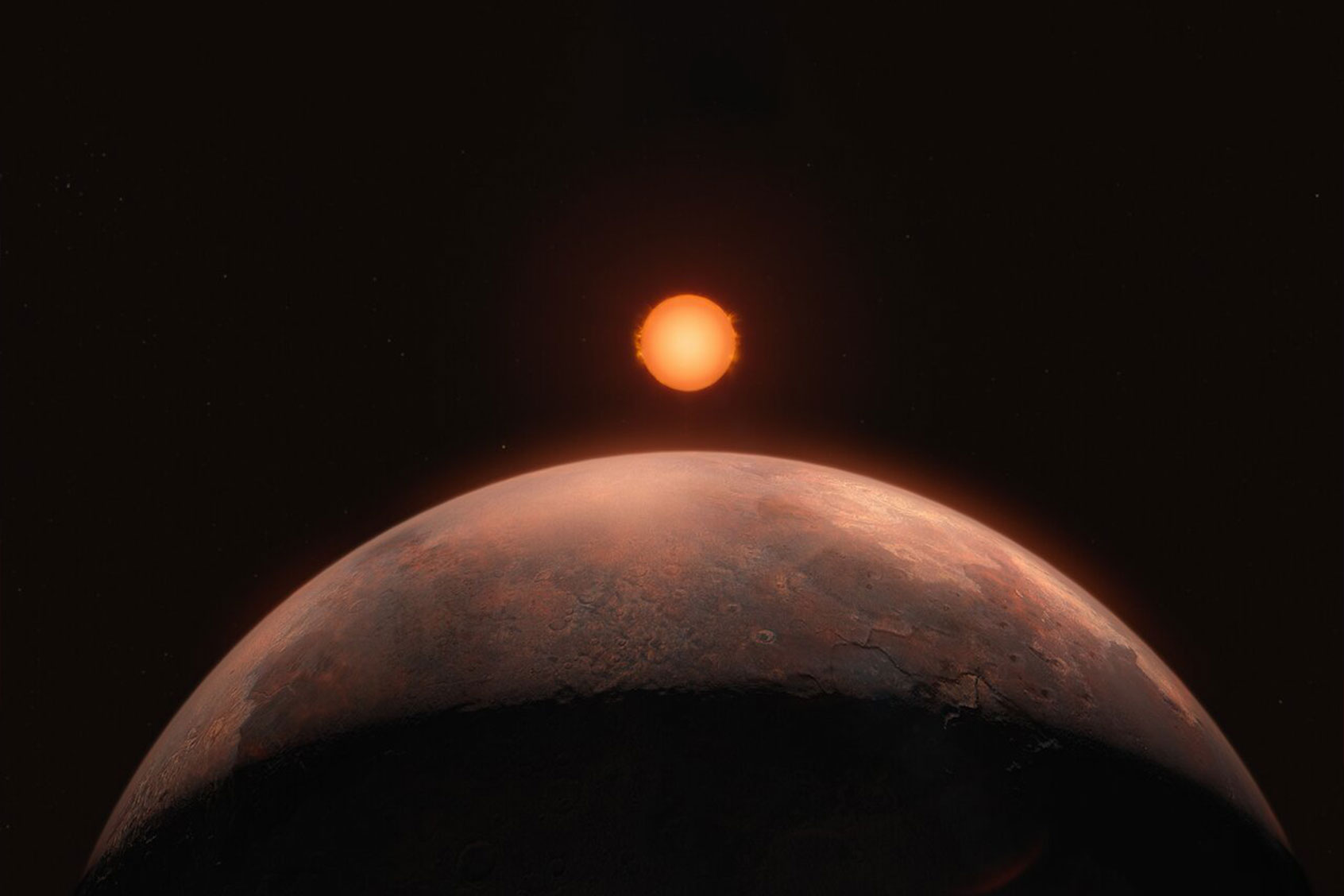Barnard b may have an unassuming name, but the not-so-distant exoplanet is attracting excited attention from scientists. Newly discovered by astronomers publishing for the journal Astronomy and Astrophysics, Barnard b orbits the closest solo star to our own solar system, known as Barnard's star. In the process, Barnard b raises hopes about the possibility of discovering life beyond Earth.
This is not to say that Barnard b itself is a candidate for extraterrestrial life. It is one of the lowest mass exoplanets ever discovered, roughly half the size of Venus, and therefore qualifies as a "sub-Earth." More damning from the perspective of hosting life, Barnard b has a surface temperature of roughly 5,000 degrees Fahrenheit (2,800 degrees Celsius), meaning it is too hot to maintain liquid water.
Yet Barnard b's mere existence hints at the presence of other exoplanets in that solar system, some of which may be more hospitable to life. This is why Barnard b is a promising location for these astronomical searches, much like the closest star to our solar system, the Alpha Centauri stars (Proxima Centauri, Centauri A and Centauri B). By contrast, Barnard's star is the closest solo star to our own. Overall, the importance of this study is that it holds out promise for future research.
"This result further stimulates the search for Earth-and sub-Earth-mass planets in the nearest stars of the solar neighbourhood, and encourages new detailed studies with current and future facilities," the authors write. In a press statement team leader Jonay González Hernández, from the Instituto de Astrofísica de Canarias in Spain, said that "ESO’s Extremely Large Telescope (ELT), currently under construction, is set to transform the field of exoplanet research. The ELT’s ANDES instrument will allow researchers to detect more of these small, rocky planets in the temperate zone around nearby stars, beyond the reach of current telescopes, and enable them to study the composition of their atmospheres."


